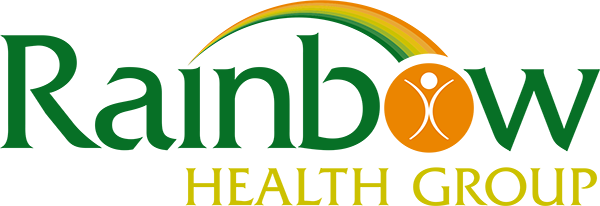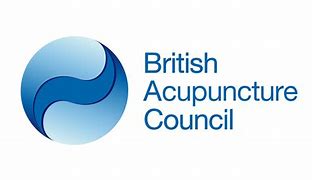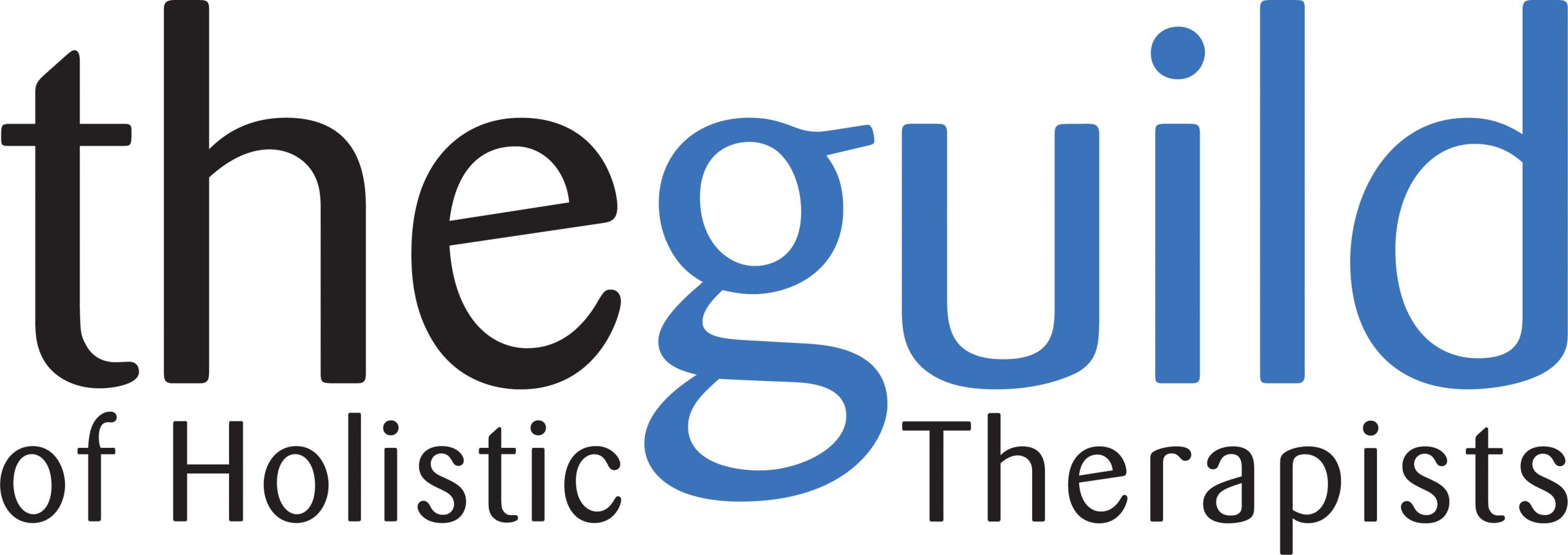Headaches
Migraine is a primary headache disorder manifesting as recurring attacks, usually lasting for 4 to 72 hours and involving pain of moderate to severe intensity (IHS 2004).
Typical characteristics of the headache are unilateral location, pulsating quality, moderate or severe intensity, and aggravation by routine physical activity. Sufferers may also experience auras, photophobia, phonophobia, nausea and vomiting. Migraine is a common disorder (Olesen 2007); a UK follow-up study found the migraine incidence rate to be 3.69 cases per 1,000 person-years, and to be around 2.5 times higher in women than men (Becker 2008).
How Acupuncture Can Help
There have now been many controlled trials of acupuncture for migraine, with some large, high-quality ones in recent years. The results of the latest reviews are quite consistent: acupuncture is significantly better than no treatment/basic care for managing migraine, and appears to be at least as effective as prophylactic drug therapy, with few contraindications or unpleasant side effects (Linde 2009, Wang 2008, Sun 2008, Scott 2008).
Acupuncture can help in the treatment of migraine by:
- Providing pain relief – by stimulating nerves located in muscles and other tissues, acupuncture leads to release of endorphins and other neurochumoral factors and changes the processing of pain in the brain and spinal cord (Zhao 2008, Zijlstra 2003, Pomeranz, 1987)
- Reducing inflammation – by promoting release of vascular and immunomodulatory factors (Kim 2008, Kavoussi 2007, Zijlstra 2003).
- Reducing the degree of cortical spreading depression (an electrical wave in the brain associated with migraine) and plasma levels of calcitonin gene-related peptide and substance P (both implicated in the pathophysiology of migraine) (Shi 2010).
- Modulating extracranial and intracranial blood flow (Park 2009).








